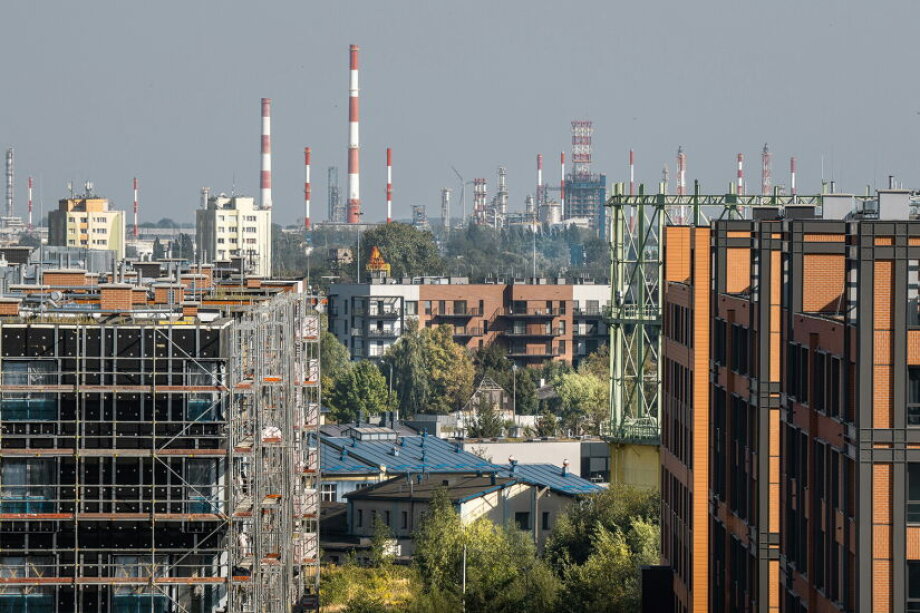Poland’s economic resilience: growth, inflation challenges persist
Poland’s economic performance in 2024 has demonstrated resilience, in the face of disruptive factors, from outside and within. By Sean Reynaud

Poland’s economic performance in 2024 has demonstrated resilience, in the face of disruptive factors, from outside and within. By Sean Reynaud

Many things can be said about Poland, but one statement rings true across time: the true strength of Poles comes in the face of challenges. The war in Ukraine has both hurt and helped Poland, mostly in the form of a surging immigrant workforce and investments from abroad for defense. The flood in mid-September destroyed infrastructure and upended lives, but also spurred investments to patch weaknesses in infrastructure. Poland continues to attract FDI despite the geopolitical instability and weakness of its traditional partners.
After the post-pandemic wobbly recovery, Poland’s GDP growth stabilized in 2024, with the European Commission forecasting a 3.0% increase for all of 2024.
Growth is expected to accelerate to 3.6% in 2025, fueled by robust private consumption and investments, particularly in EU-funded public projects. The Polish Economic Institute provided a more cautious estimate of 2.6% growth for 2024, rising to 4.1% in 2025. The World Bank aligns closely with the European Commission, having also predicted 3.0% growth in 2024, while according to OECD, Poland’s economy will be one of the fastest growing within OECD in 2025 at 3.4%, second only to Ireland and Costa Rica.
Inflation remains a critical concern for Poland’s economy, as it is troublesome in the world economy generally. The European Commission projected an average inflation rate of 3.8% for 2024, with a temporary increase to 4.7% expected in 2025 due to the planned unfreezing of energy prices.
Similarly, the OECD forecasts inflation at 4.8% for the entire 2024, tapering to 3.5% in 2025. These figures reflect the ongoing challenges in managing price stability, particularly in energy and food sectors.
Despite the inflationary pressures on wages, Poland’s labor market has shown significant resilience, with unemployment rates projected to remain low. The European Commission anticipates a 2.9% unemployment rate in 2024, decreasing slightly to 2.8% in 2025. The Polish Economic Institute suggests a registered unemployment rate of 5.3% by the end of 2024, reflecting disparities in regional labor market dynamics.
While low unemployment may appear to be a positive, it is often an indicator of larger problems in the overall workforce. Poland’s demographics issues are clear, leading to labor shortages in various fields. Low unemployment could lead to lower productivity and reduced economic flexibility.
In addition, wages have increased in Poland along with inflation. While this may be seen as a positive, it could eventually develop into a wage-price spiral, with business (labor) costs leading to higher prices, which could translate into demands for further wage increases.
The National Bank of Poland’s efforts to control inflation, including interest rate adjustments, have influenced the stability of the Polish złoty (PLN). According to Reuters, Poland announced an extension of its energy price freeze for households into 2025 to curb inflation, which could impact the PLN’s performance in international markets. Recent ING analysis predicts more gains for PLN as it has outperformed its CEE peers since the US election. Yet much depends on the National Bank of Poland’s rate change decisions.
Poland’s economy is on a stable recovery trajectory, but it faces challenges such as inflation management and external economic uncertainties. Strategic investments and prudent monetary policies will be critical in sustaining growth into 2025 and beyond.